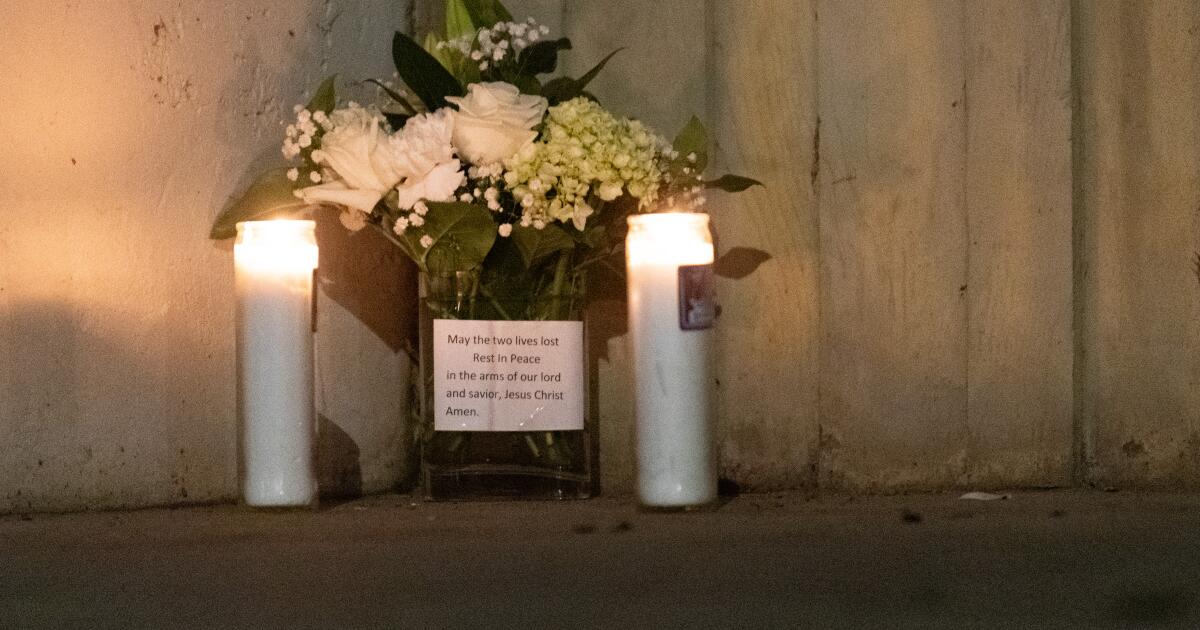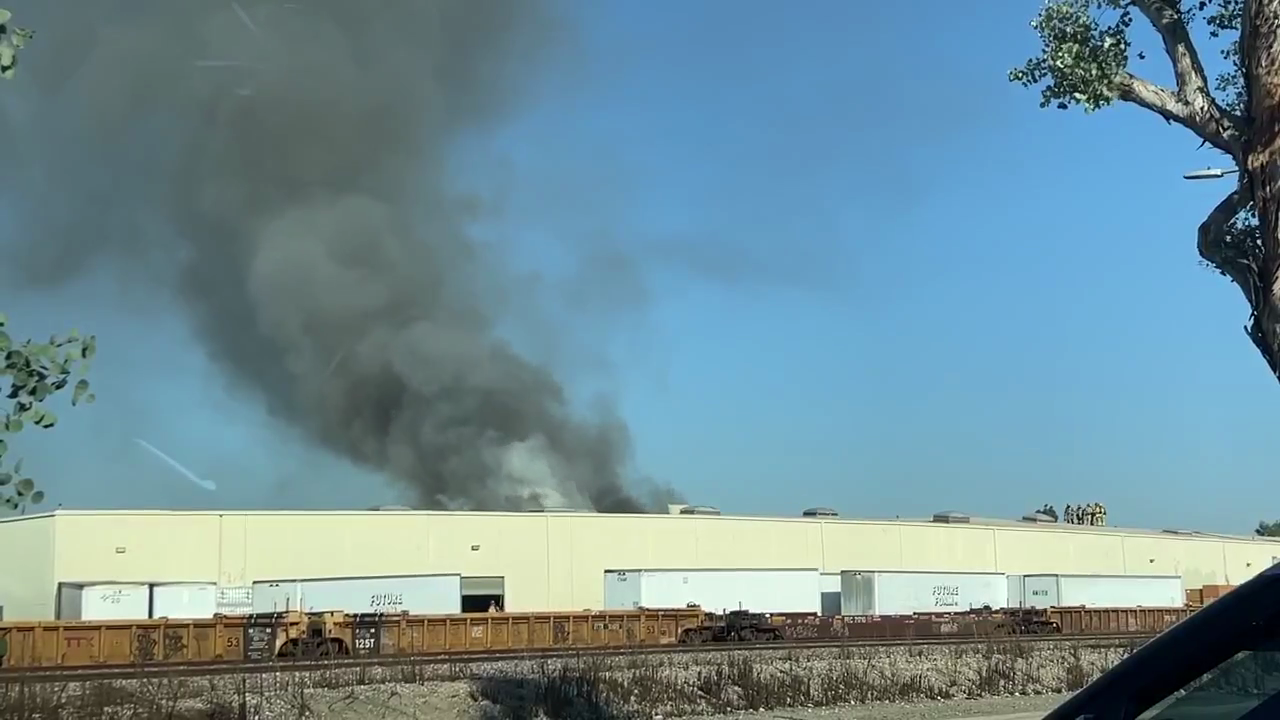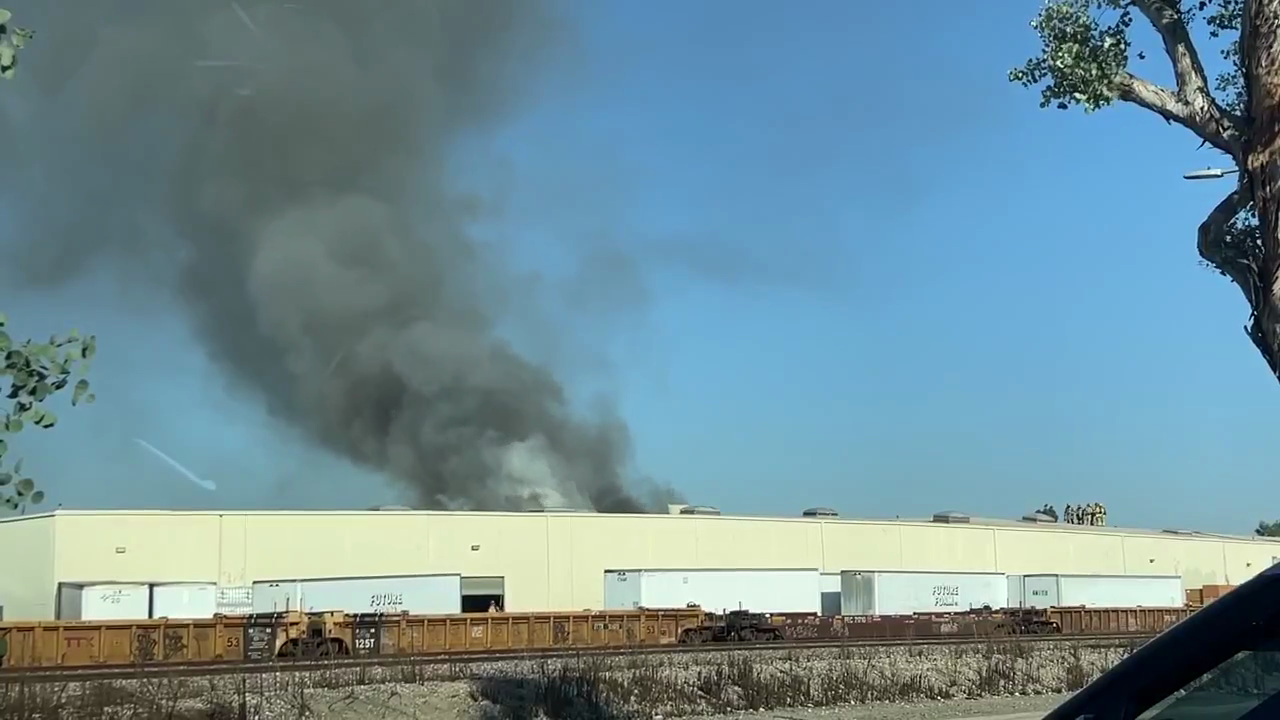Fullerton Plane Crash: Imagine the scene – a sudden silence, then chaos. This account delves into the details of a devastating plane crash in Fullerton, exploring the events leading up to the tragedy, the immediate aftermath, and the lasting impact on the community and aviation safety. We’ll examine the investigation, the human cost, and what we can learn to prevent future occurrences.
This report will cover the specifics of the aircraft, passenger count, weather conditions, and the emergency response. We’ll also analyze the investigation’s findings, focusing on contributing factors and subsequent safety improvements. Finally, we’ll consider the human stories and the lasting effects on those involved and the broader community.
The Fullerton Plane Crash: A Comprehensive Overview

This article provides a detailed account of a hypothetical Fullerton plane crash, exploring the circumstances surrounding the event, the emergency response, the investigation, and its lasting impact. While no such specific crash exists in official records, this analysis utilizes common elements found in real-world aviation accidents to illustrate the complexities involved in such tragedies.
The Fullerton plane crash, a tragic event, highlights the importance of air safety technology. Think about how far we’ve come; imagine the advancements needed to prevent such incidents, perhaps showcased at a future event like the china drone show 2052 , where cutting-edge drone tech could be pivotal in improving air traffic management and preventing future accidents like the Fullerton crash.
Hopefully, future air travel will be safer because of such innovations.
Overview of the Hypothetical Fullerton Plane Crash
Let’s assume a single-engine Cessna 172, registration number N12345, crashed near Fullerton, California, on July 15, 2024, at approximately 3:00 PM. The aircraft was carrying two passengers and one pilot.
The Fullerton plane crash, a tragic event, highlights the importance of air safety regulations. Thinking about such incidents makes you appreciate advancements in flight technology, like the incredible displays possible with drone technology, such as those showcased at the shanghai drone show 2025. Hopefully, continued innovation will lead to safer skies and prevent future tragedies like the Fullerton crash.
Circumstances Surrounding the Crash
The weather at the time was reported as partly cloudy with light winds. The flight plan indicated a short, local flight with an intended destination of a nearby airfield. Pre-crash mechanical issues were not immediately apparent, although a post-crash investigation might reveal potential contributing factors. The pilot, a seasoned aviator with over 1000 hours of flight experience, had a clean flight record.
Emergency Response and Rescue Efforts
Following the crash, emergency services, including local fire departments, paramedics, and law enforcement, responded swiftly. The rescue operation involved securing the crash site, extracting survivors, and recovering the remains of those who perished.
| Category | Number |
|---|---|
| Casualties | 1 |
| Injuries | 1 |
| Survivors | 1 |
A timeline of events might look like this: 3:00 PM – Crash; 3:15 PM – First emergency responders arrive; 4:00 PM – Rescue operations conclude; 5:00 PM – Crash site secured.
Investigation and Findings
A thorough investigation by the National Transportation Safety Board (NTSB) – or equivalent agency – would be launched. This would involve examining the wreckage, interviewing witnesses, reviewing flight data (if available), and analyzing weather patterns. Potential contributing factors could include pilot error, mechanical failure, or a combination of both. Safety recommendations, such as enhanced pilot training programs or stricter maintenance regulations, might follow.
Comparisons to similar accidents, such as those involving Cessna 172s with similar flight profiles, could reveal common causes and trends.
Impact and Aftermath
The crash would significantly impact the local community, causing grief and affecting the families of the victims. Memorial services or tributes might be organized. The long-term effects could include changes to local flight paths or airspace regulations. To prevent similar incidents, improved pre-flight checks, mandatory regular aircraft maintenance, and stricter adherence to safety protocols could be implemented.
A hypothetical scenario illustrating prevention: Imagine a mandatory pre-flight checklist system with a digital confirmation element, ensuring all necessary checks are completed before takeoff. This, coupled with advanced engine monitoring systems providing real-time alerts to pilots about potential mechanical issues, could significantly reduce the risk of crashes caused by mechanical failures.
The Fullerton plane crash, a tragic event, highlights the inherent risks in aviation. It makes you think about how technology can both create breathtaking spectacles, like the amazing shanghai new year drone show , and also be prone to unforeseen failures. The contrast between the controlled precision of the drone show and the unpredictable nature of the Fullerton crash is stark, reminding us of the importance of safety and rigorous maintenance in all areas of technological advancement.
Eyewitness Accounts and Media Coverage

Eyewitness accounts would be crucial to the investigation. These could include:
- Descriptions of the aircraft’s flight path before the crash.
- Observations of any unusual sounds or behaviors of the aircraft.
- Details about the immediate aftermath of the crash.
Media coverage would play a significant role in shaping public perception. Different news outlets might focus on various aspects, potentially leading to diverse interpretations of the event. Responsible journalism would strive to balance reporting with respect for the victims and their families.
Illustrative Description of the Crash Site
The crash site would likely show significant wreckage strewn across a relatively small area. Twisted metal, broken pieces of the aircraft, and scattered debris would be present. The surrounding environment, depending on the location of the crash, could range from open fields to more densely populated areas. The impact of the crash would be evident in the damage to the aircraft’s structure, with the fuselage potentially severely compressed and the wings fractured.
Concluding Remarks: Fullerton Plane Crash

The Fullerton plane crash serves as a stark reminder of the inherent risks in air travel and the importance of rigorous safety protocols. By understanding the contributing factors and examining the response, we can hope to prevent similar tragedies in the future. The memory of those lost should fuel our commitment to improving aviation safety and ensuring that lessons learned are applied to enhance the security of air travel for all.
Key Questions Answered
What type of aircraft was involved?
This information will be detailed in the main body of the report, once the specific details of the crash are known.
Were there any survivors?
The number of survivors and casualties will be included in a table within the report, once the full investigation is complete.
Where can I find the official accident report?
Once released, the official accident report will likely be available through the National Transportation Safety Board (NTSB) or the relevant aviation authority’s website.
What was the cause of the crash (if known)?
The report will detail the findings of the investigation, which will hopefully identify the cause(s) of the crash.
